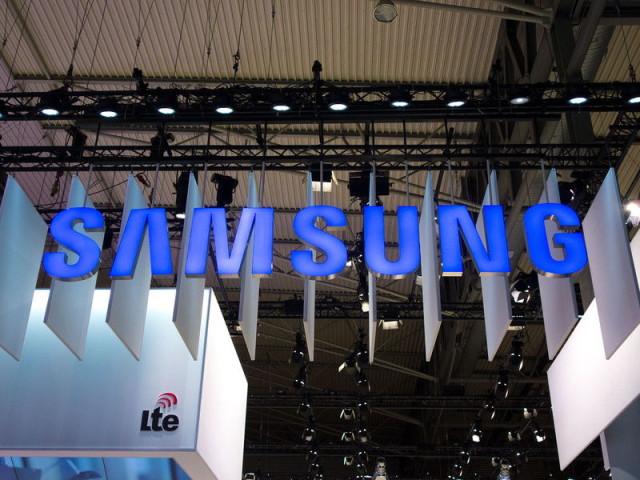
To that end, Samsung unveiled Artik at the Internet of Things World (ITW) conference in San Francisco on Tuesday. It’s a new series of chips designed for the tiniest of home and wearable electronics.
Samsung’s Artik comes in three versions differentiated by size and processing power: Artik 1, Artik 5, and Artik 10. Artik 1, the smallest (12mm by 12mm) and cheapest (less than $10) of the bunch, is surprisingly no slouch — it can last “several weeks” on a coin-sized battery and sports an accelerometer, gyroscope, Bluetooth LE, and a magnetometer. The Artik 2, which is about the size of a quarter, packs upgrades in the form of Wi-Fi, ZigBee compatibility, and 720p video decoding. And the Artik 10, not least of all, is functionally a computer: It costs $100, contains a beefy 1.3GHz octa-core processor, and supports video decoding up to 1080p. Samsung will offer Tizen on the Artik 10, but the focus is ultimately on versatility — the company’s offering drivers for developers to build upon.

The practical applications are virtually limitless, but Samsung envisions Artik chips in devices such as location beacons, drones, home servers, set-top boxes. Young Sohn, Samsung electronics president and chief strategy officer in charge of Samsung’s Menlo Park, California-based Strategy & Innovation Center, said at the ITW keynote that the chips would serve an important role as “building blocks” for IoT developers. “What’s important is these smart machines that are going to make our lives better,” he said.
To further that aim, Samsung announced a free tool for Artik development: the SmartThings Open Cloud. It’s almost entirely platform agnostic, CEO of SmartThings Alex Hawkinson boasted, capable of plugging indiscriminately into Java, Android, iOS, PHP, and Python software kits.
Samsung provided a few companies early access to Artik. Boogio, a startup that retrofits shoes with motion trackers, was able to shrink its fifth-generation prototype to the size of a gumball. Open-source hardware company Arduino, for its part, pledged to make interfacing with Artik with its own range of hardware as seamless as possible.
Artik is far from Samsung’s first foray into IoT hardware. Several months ago, the company released the Simband, a reference design for fitness trackers and part of Samsung’s push to get 90 percent of its products connected to the Internet by 2017 and 100 percent connected in the next five years.
Why the tight timeline? Samsung’s both racing to get ahead of competitors like Intel and Qualcomm and grasping for a foothold in the up-and-coming IoT market. ABI Research projects the number of Internet-connected devices will more than double from the current level to 40.9 billion in 2020, and the market valuation, according to IDC, could reach as high as $7.1 trillion in five years.
Samsung’s acquisition of SmartThings undoubtedly helped the company get in on the ground floor. Around 19,000 smart-home appliances are compatible with the SmartThings home automation hub and the Open Cloud platform supports more than 30,000 apps, Hawkinson told reporters at ITW. Artik, he said, “is only going to accelerate” adoption.
The Artik chips are available for reservation starting today.


